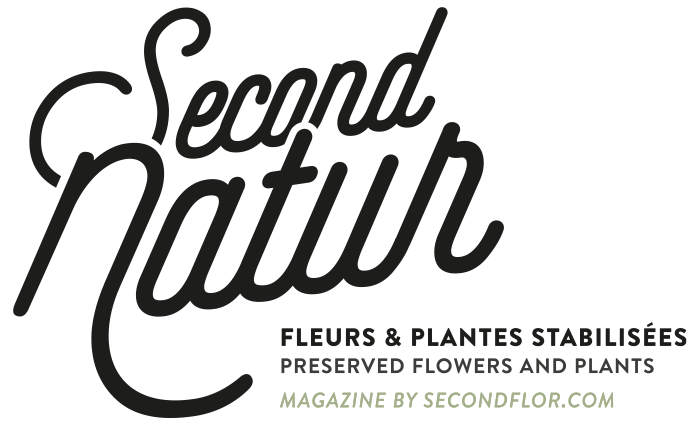Dutch growers use heated greenhouses to speed up production processes and supply many countries with fresh flowers all year round. The current energy crisis is having a major impact on their business and margins. In this context, the issue of whether to suspend or carry on arises. 8% of growers in the Netherlands are planning to go out of business this year. Preserved flowers offer a sustainable alternative to florists so that they can reduce their losses and energy consumption.
An unprecedented crisis for growers due to rising energy costs.
The conflict between Ukraine and Russia has prompted European leaders to take measures that affect energy pricing. In the Netherlands, the price for gas is almost two times higher than the European average. The price of electricity is almost 15% higher. Dutch flower growers are dependent on energy prices because they produce mainly in greenhouses that are heated all year round. They, who account for 40% of world exports, have two options: raise their tariffs or go out of business. Due to the increase of the energy costs and thus of the production expenses on the foreign markets, the Dutch growers are no longer competitive with the Spanish growers, for example, who mainly grow in unheated greenhouses.
The influence of the energy crisis on florists and plant professionals.
The energy crisis will affect florists in two aspects. Firstly, raw materials are becoming more expensive and the margins of florists are shrinking. It is not necessarily an option for all florists to fully pass on this increase in their shop prices. The second point concerns the availability and diversity of flowers, which reduces the supply in the shop and affects the commitments made for flowering events. This crisis highlights the energy dependency of European countries regarding fresh flowers and houseplants.
Preserved plants and flowers therefore become a real opportunity for plant professionals around the world.
The preserved flower respects the seasonality of the flowers and increases your opportunities tenfold.
The processes to create preserved flowers and plants all start with freshly picked plant material. However, the preserved sector is not dependent on fresh flowers. Growers specialising in preserved flowers respect the seasons of each plant. That is why preserved flowers and plants are an excellent and sustainable alternative to fresh cut flowers. With the current crisis, the prices of preserved flowers are close to those of fresh flowers and are more sustainable (see the “ecology” section for more information). Moreover, preserved flowers offer professionals (florists, craftspersons, architects, designers, etc.) unlimited creative possibilities and meet a new consumer requirement: to keep flowers looking their best for a longer period of time.
To find out more about the world of preserved plants, visit our “What is it?” section.

